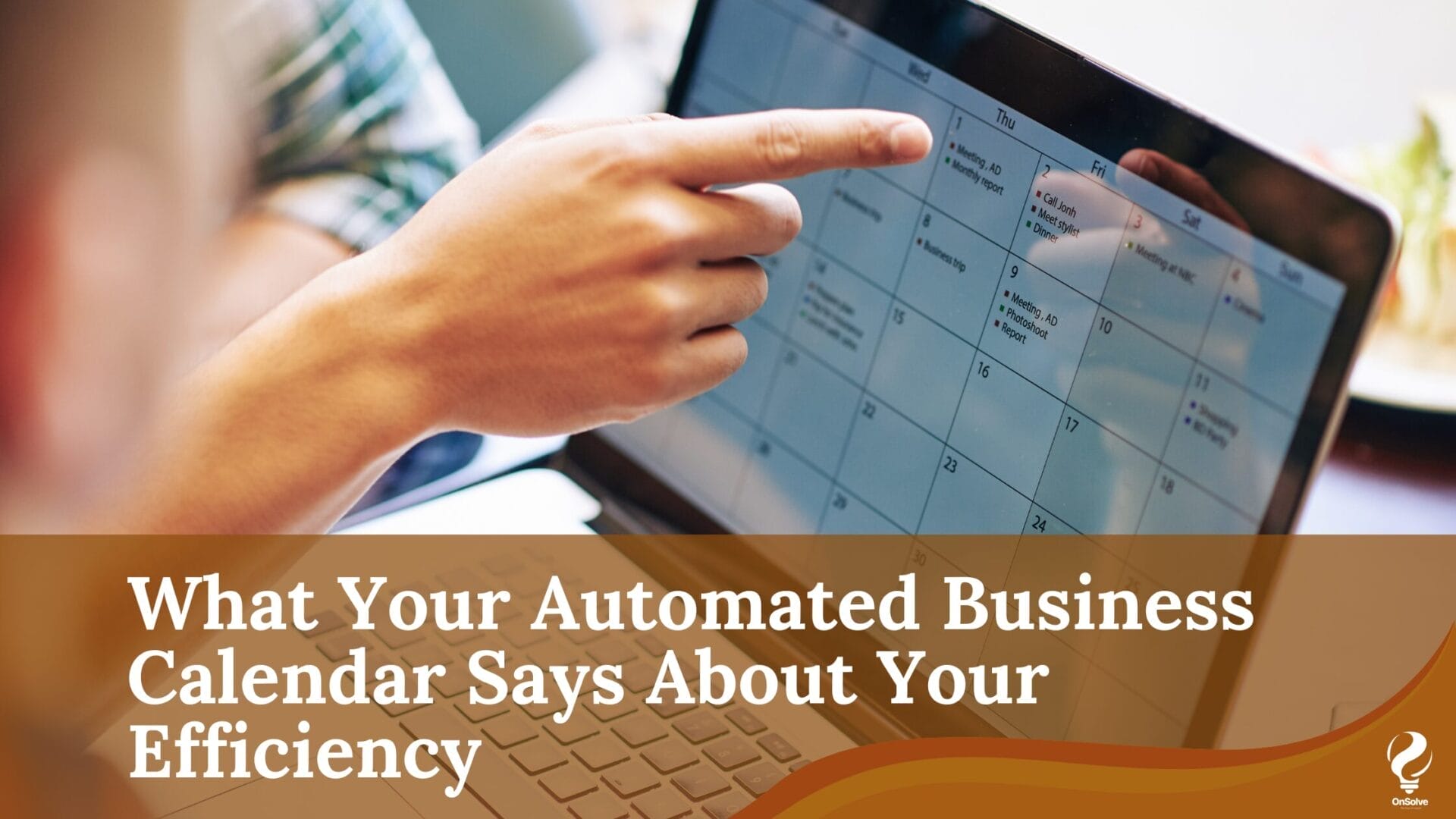Historically, all accounting work has been performed manually. All transactions from the creation of invoices to the final accounts, were done manually. However, the manual data entry, paper-based documentation, and reliance on check and cash payments caused inefficiencies that hindered the accounts payable and receivable process.
The accounting process is now gradually moving to a digital format thanks to technological advancements. There are several types of accounting software and here, through them, all accounting source documents including invoices, bills, credit notes, and debit notes are created. Systematized databases are used to store all customer and supplier information.
Accuracy of source documents
When creating an invoice, bill, or other accounting document, there is no need to repeat manual calculations since all data is entered into the accounting system at once; if necessary, double-checking is sufficient. Since the prices are displayed automatically, accuracy can be guaranteed and there are no price differences between source documents. This reduces the time to be devoted to this and is directly related to increasing the productivity of the organization. Additionally, it is now very simple to create databases because they can be saved once suppliers’ and customers’ data has been entered into the system. Receiving an invoice or bill with accurate work information will also increase supplier and customer confidence.
Processing the payments on-time
According to the data we have provided, the system will display the date we should receive payment for an invoice we create for a client. Sending reminders and following up with the relevant client is an option if the payment has not been made by that time, ensuring that the payment is not avoided and that the process is not unnecessarily delayed. Furthermore, it has become very easy to make timely payments for an invoice received from a supplier and to check whether the relevant product or service has been received on time.
Real-Time Process Visibility and Fast data handling
Through digital technologies, organizations now have the ability to gain real-time visibility into the accounts payable and receivable process. This enables organizations to make informed and accurate decisions, get an up-to-date report on the relevant process very quickly, and build strong client and supplier relationships by providing them with the right updated information at the times they need it.
Challenges of Digital Transformation
Despite our progress in digitization, we still face challenges. But overcoming it successfully is the responsibility of the organization. The initial cost of implementing the technology is the main challenge to going digital. Also, the cost of training existing employees or recruiting new employees to the new system must also be borne. However, once you become accustomed to it, you can maintain the cost at a healthy level. Also, situations like updates, technical breakdowns, errors due to wrong data entry have to be faced and for that very good control methods are required.
However, dealing with the new trends in the world and successfully overcoming the challenges that arise there will be necessary in order to run the business very successfully with smoother business operations.







